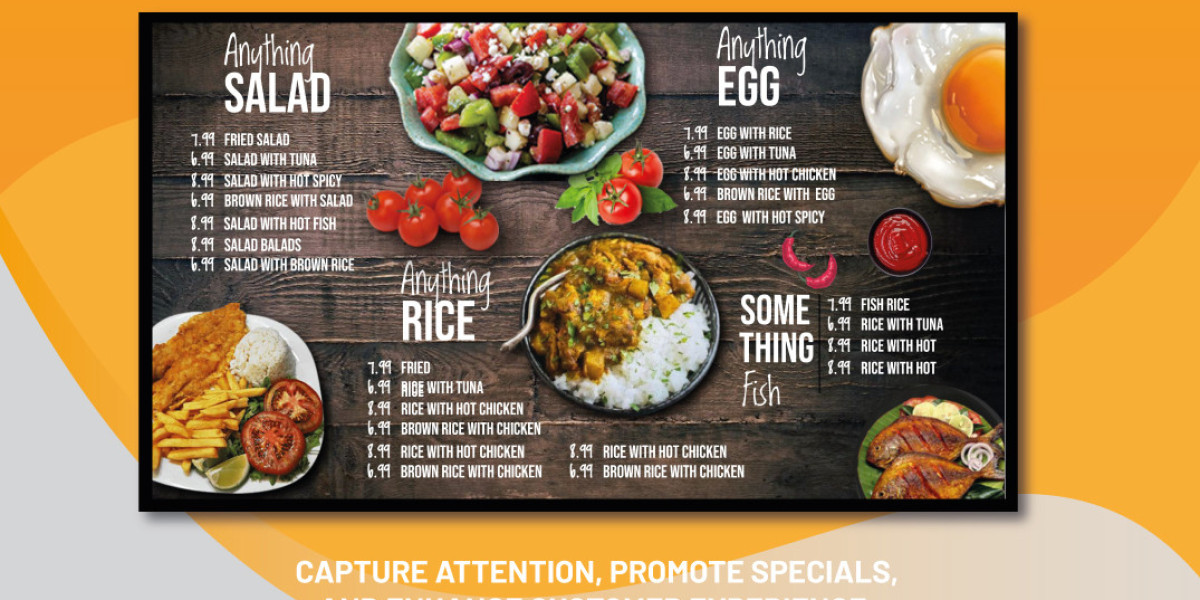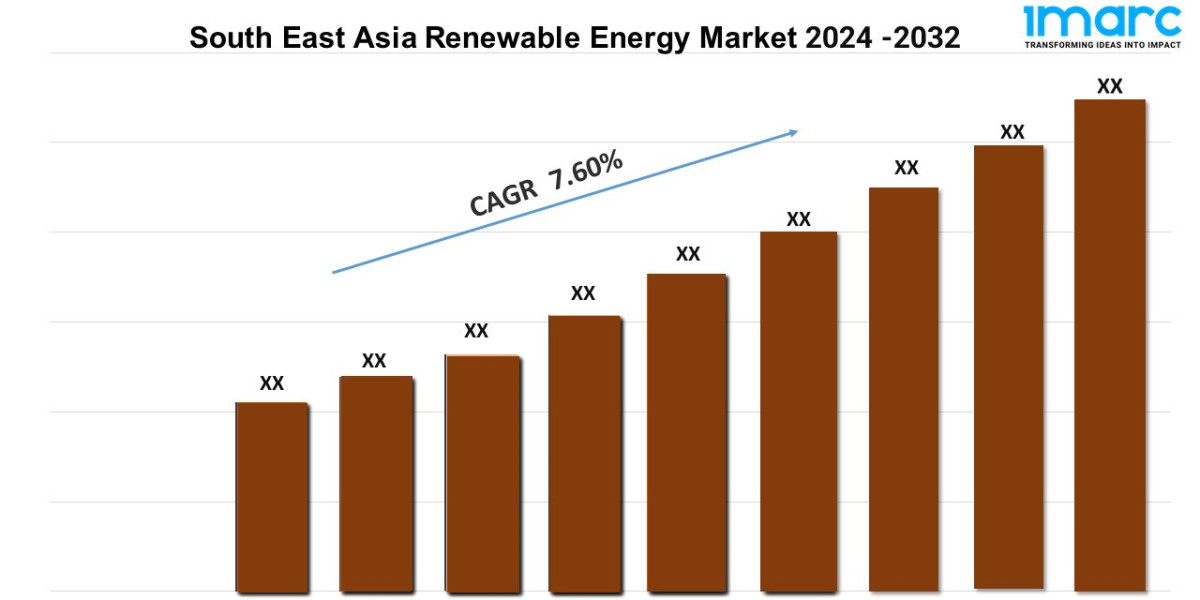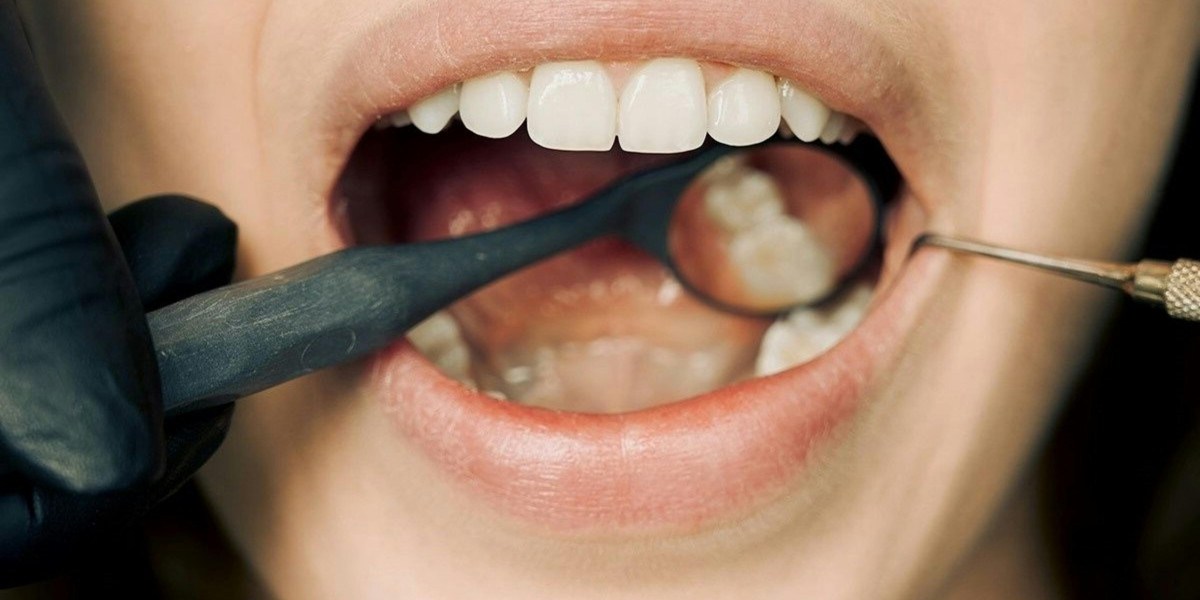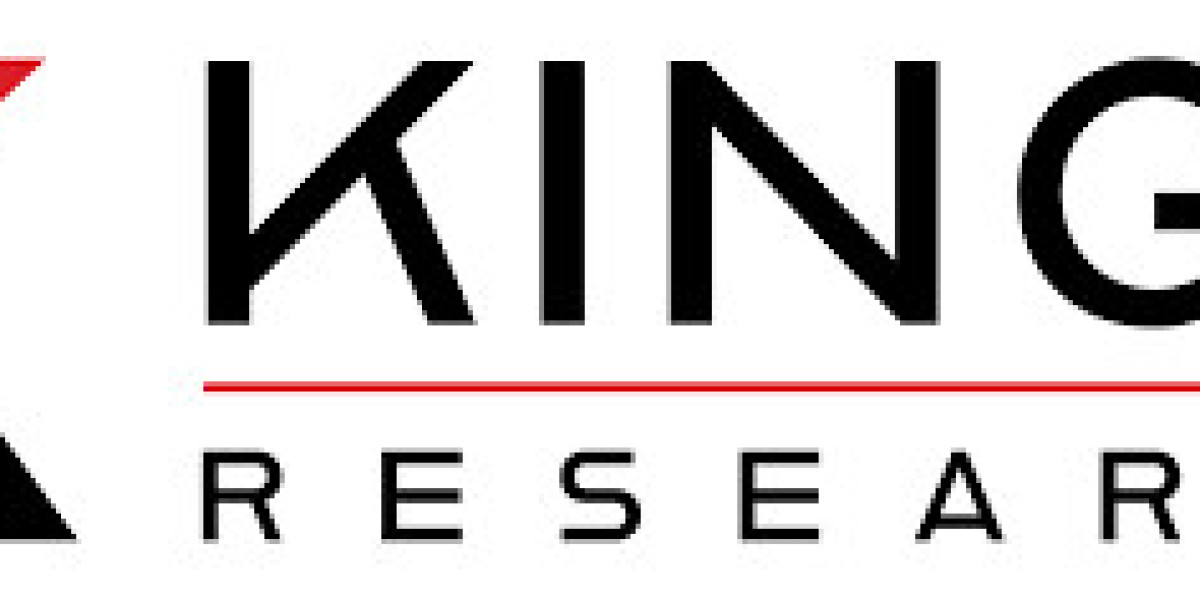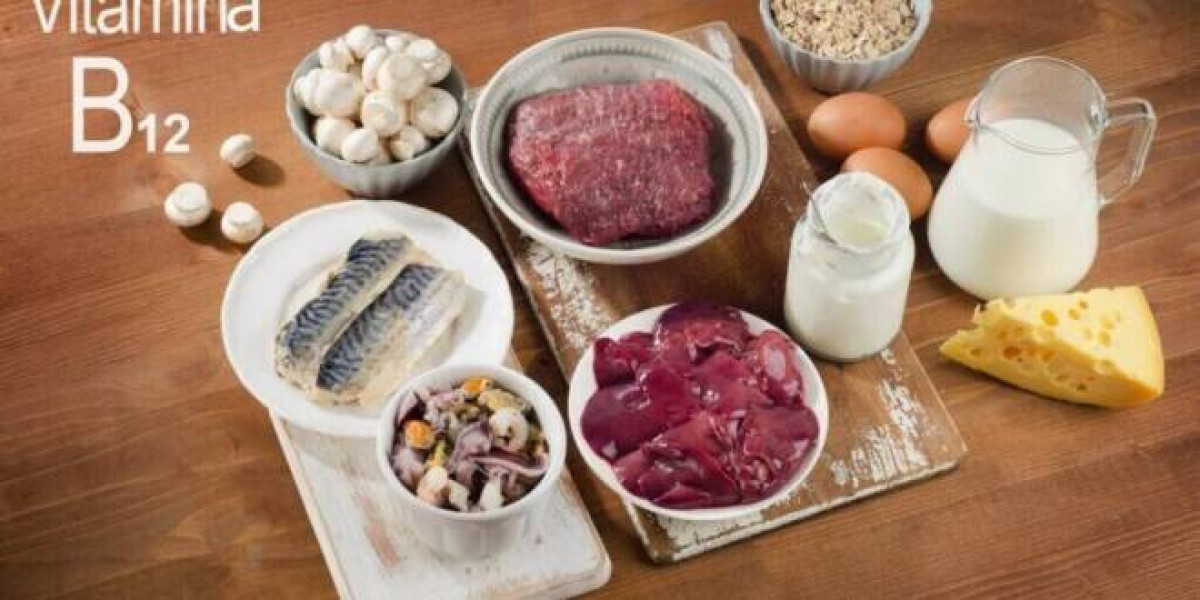In the fast-paced world of the restaurant business, every touchpoint you have with your customer counts. From the ambiance to the food and even the way your menu is presented, every detail contributes to the overall customer experience. One of the most effective ways to make a lasting impression is by using restaurant TV menus. These digital displays, powered by modern digital signage software, offer dynamic, eye-catching, and easy-to-update solutions that can help boost sales, streamline operations, and enhance the dining experience.
But, creating an effective TV menu isn’t just about throwing together a list of your dishes. It requires careful planning and thoughtful content design. Here are some key tips for choosing the right content for your restaurant TV menu to make it as effective and engaging as possible.
1. Prioritize Your Best-Selling Items
When it comes to creating content for your restaurant TV menu, you want to put the spotlight on your best-selling dishes. Highlighting popular menu items ensures that they catch the eye of both new and returning customers. Make sure to include clear images or videos of these dishes to enhance their appeal visually.
Use the flexibility of digital signage software to rotate your top items at different times of the day. For example, feature breakfast specials in the morning, lunch options in the afternoon, and dinner entrees in the evening. This strategy will help maximize sales during each service period.
2. Incorporate Eye-Catching Visuals
TV menus allow you to incorporate visuals that traditional printed menus can’t offer. Images of food are known to stimulate appetite and can significantly influence purchasing decisions. High-quality images or videos of your menu items make your dishes more appealing and give customers a better sense of what to expect.
When using digital signage software, make sure your images are sharp and well-lit. Poor-quality images can detract from the appeal of your food. If you can, invest in professional food photography or videography to ensure your visuals are as mouth-watering as possible.
3. Use Simple and Readable Text
While it's tempting to include lots of information, simplicity is key when it comes to the text on your TV menu. Customers often glance at the menu for only a few seconds before making a decision, so the text should be clear, concise, and easy to read.
Choose fonts that are readable from a distance. Fonts like Arial, Helvetica, or other sans-serif options work best because of their simplicity and clarity. Avoid decorative fonts that may be hard to read, especially on a screen. Your digital signage software should also offer customization options to adjust the size and placement of text, so take advantage of these features to ensure readability.
Also, focus on key details such as the name of the dish, its price, and a brief description. Avoid overcrowding the screen with too much information, as this can overwhelm customers and make the menu harder to navigate.
4. Promote Specials and Limited-Time Offers
One of the greatest advantages of using restaurant TV menus is their flexibility. Unlike traditional static menus, you can easily update content in real-time. This makes TV menus perfect for promoting daily specials, limited-time offers, or seasonal items.
Use your digital signage software to schedule these promotions based on the time of day, week, or season. For instance, if you have a happy hour promotion, you can have it displayed automatically during the relevant hours. This dynamic capability helps keep your customers informed and engaged, making them more likely to try something new or take advantage of a special deal.
5. Highlight Add-Ons and Upsells
Another tip for optimizing your restaurant TV menu is to focus on upselling. Use your digital display to suggest add-ons like appetizers, sides, or beverages that complement main dishes. By showcasing these items alongside popular entrees, you subtly encourage customers to spend a little more.
You can also use digital signage software to highlight combo deals, bundle offers, or dessert options toward the end of the customer’s meal selection process. For example, when a customer orders a burger, a side of fries or a drink could be recommended as an add-on at a discounted price. This simple tactic can significantly boost your average order value.
6. Keep Your Design Clean and Organized
The design and layout of your TV menu are crucial for ensuring customers can quickly find what they're looking for. Keep your layout clean and organized to avoid overwhelming them with too much information.
Group similar items together, such as appetizers, entrees, and desserts, and use sections or dividers to make the layout more intuitive. You might also want to use your digital signage software to create separate menu screens for different categories, allowing you to dedicate more space to each section without overcrowding a single screen.
Consistency in design elements like color schemes, font sizes, and icon styles helps create a visually appealing menu that is easier to navigate.
7. Leverage Video Content
Incorporating video into your TV menu can take customer engagement to the next level. Whether it’s a video of a chef preparing a signature dish, an in-kitchen shot of food being plated, or even just rotating food visuals, videos can create a more immersive dining experience.
Videos are also a great way to tell the story behind your food, introduce your chefs, or showcase your brand values. With the help of digital signage software, you can easily integrate video clips into your TV menu and schedule them to play at peak times for maximum impact.
8. Keep It Updated and Fresh
Finally, one of the most important aspects of managing your restaurant TV menu is ensuring that it stays updated. Whether it's new dishes, price changes, or seasonal items, your menu should always reflect your current offerings.
Outdated content can lead to customer confusion and dissatisfaction, so make it a habit to regularly update your TV menu. Most digital signage software platforms make it easy to update content with just a few clicks, so there's no excuse for having stale or incorrect information.
Conclusion
Choosing the right content for your restaurant TV menu is a key factor in creating a memorable and profitable dining experience. By focusing on high-quality visuals, readable text, dynamic promotions, and a clean design, you can ensure that your TV menu not only looks great but also helps drive sales. With the flexibility of digital signage software, you can easily make updates, feature specials, and keep your content fresh and engaging for your customers.
By following these tips, you’ll be well on your way to creating a TV menu that enhances your restaurant’s appeal and boosts your bottom line.
